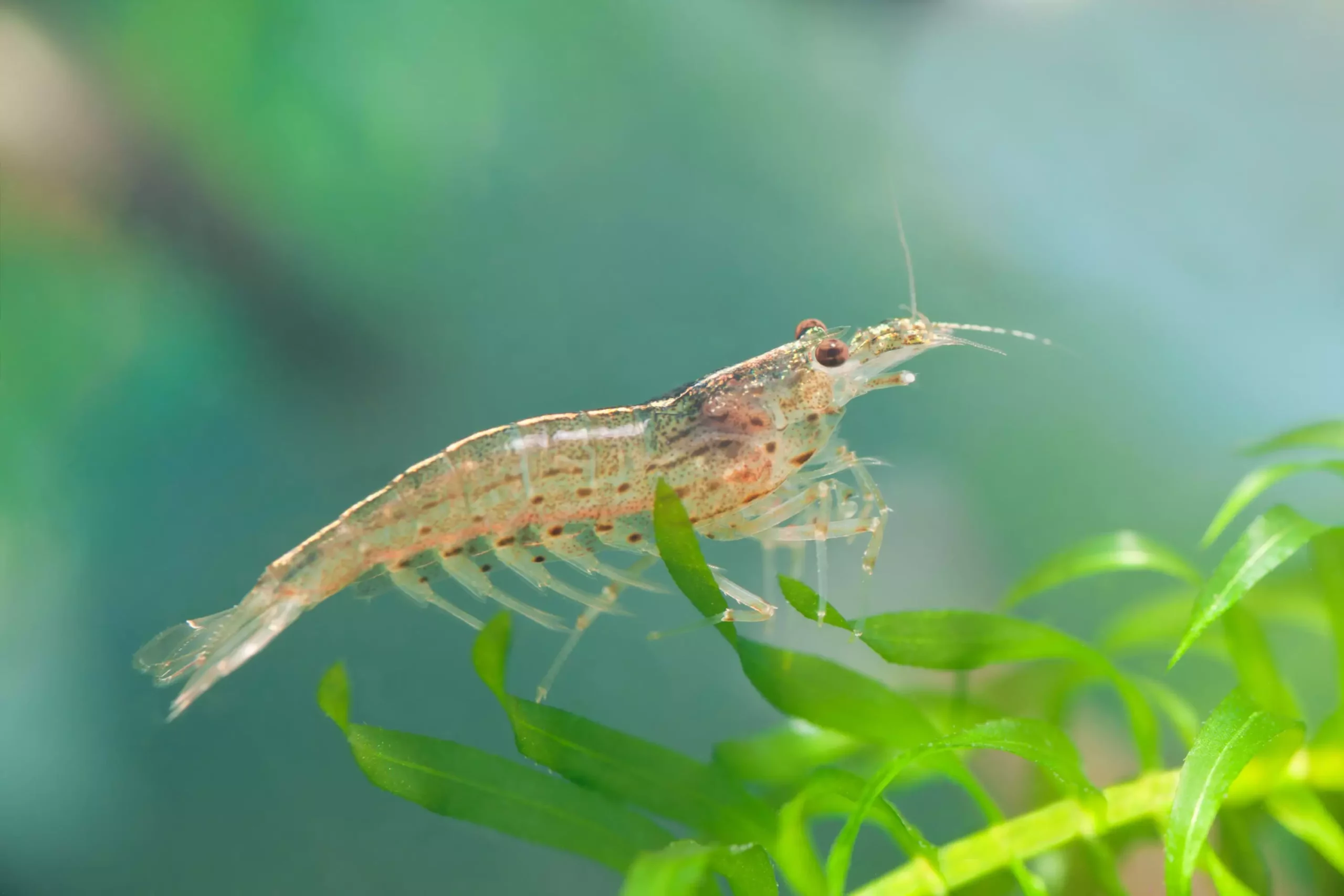Amanos shrimp have earned a prominent place in the freshwater aquarium hobby, thanks to their utility in cleaning tanks and their appealing aesthetic. While the allure lies in their charming appearance and functionality, understanding their habitat requirements and compatibility with tank mates is essential for maintaining a thriving ecosystem. This article will delve into the characteristics, care, and breeding of Amano shrimp, shedding light on their advantages and challenges as aquarium residents.
Amano shrimp, scientifically recognized as Caridina multidentata, are sometimes dubbed Japonica Amano or Japanese swamp shrimp. Native to the freshwater swamps of Japan, these small crustaceans are renowned for being peaceful yet active scavengers. Typically reaching a size of about 2 inches, Amano shrimp exhibit a translucent body, often adorned with stripes ranging from brown to tan. Their unique coloration not only enhances visual appeal but also allows them to blend into their environment, providing a level of camouflage against potential predators.
The shrimp’s diet predominantly consists of algae and detritus found in their natural habitat. Given their grazing lifestyle, Amano shrimp play a beneficial role in any aquarium setup by helping control algae growth and maintaining a cleaner environment. However, it is essential to recognize that while they are efficient cleaners, they should not replace regular tank maintenance.
Amano shrimp are best suited for community tanks that house non-aggressive fish species. Ideal tank mates include livebearers, tetras, and danios, which are small and unlikely to pose a threat to these delicate creatures. Unfortunately, members of the tank community that are carnivorous may see Amano shrimp as an easy snack—hence the necessity of careful selection regarding tank inhabitants.
In terms of tank preparation, these shrimp thrive in environments with ample hiding spots and vegetation. Utilize a substrate that allows easy navigation, such as gravel or sand, avoiding larger rocks that may disrupt their movement. Live plants not only provide crucial hiding spots but may also serve as a supplementary food source, as Amano shrimp predominantly graze on organic waste rather than damaging healthy plant tissues. Keeping the aquarium well-planted can enhance the overall ecosystem while aligning with the natural behavior of the shrimp.
While many enthusiasts mistakenly assume that Amano shrimp can survive solely on algae, they actually require a varied diet to thrive. Incorporating plant-based and animal-protein foods will provide the necessary nutrients for their optimal health. In a tank with multiple fish species, it is vital to ensure that an adequate amount of leftovers reaches the shrimp, as they tend to be less assertive during feeding times.
Some hobbyists might be inclined to reduce their maintenance efforts, relying on the shrimp’s cleaning prowess alone. However, this approach can lead to imbalances in tank chemistry, particularly since shrimp have low tolerance for poor water quality. Regular water changes and monitoring chemical parameters are essential to promote a healthy environment for all inhabitants.
Reproduction among Amano shrimp presents particular challenges for aquarists. Female Amano shrimp are generally larger than males and have a distinct saddle on their underside that stores fertilized eggs. It is crucial to create a conducive environment for breeding, as natural behaviors can be difficult to replicate in a domestic setup. Interestingly, in the wild, fertilized eggs drift into brackish water before the larvae transition to marine life, which complicates captive breeding.
While the hormonal cues for breeding can often be observed, achieving successful fertilization and raising the larvae is a significant hurdle. Without replicating the nuances of their natural breeding cycle, hobbyists may find it challenging to sustain a breeding population in their tanks.
Amano shrimp offer a unique blend of aesthetic beauty and functional habitat maintenance in the world of aquariums. Their ability to contribute to algae control and their peaceful nature make them an exceptional addition to diverse tank environments, provided they are housed with compatible species. However, prospective owners must be prepared to provide an enriched living space and a well-rounded diet, ensuring their shrimp thrive.
Despite the challenges associated with breeding, the excitement surrounding Amano shrimp’s vibrant presence continues to captivate aquarium enthusiasts everywhere. By understanding their needs and respecting the nuances of their behavior, hobbyists can create an ideal sanctuary for these remarkable little crustaceans.

